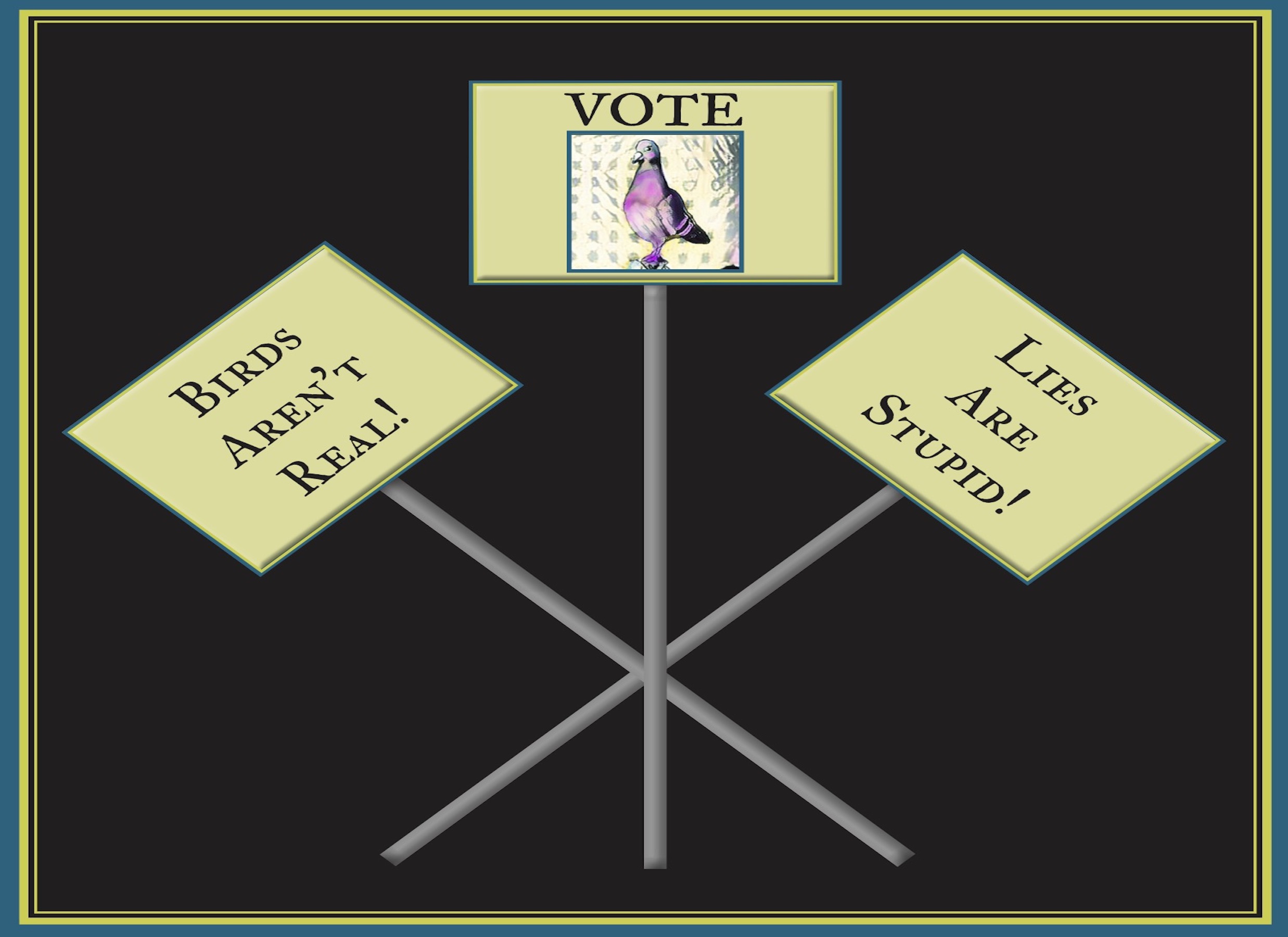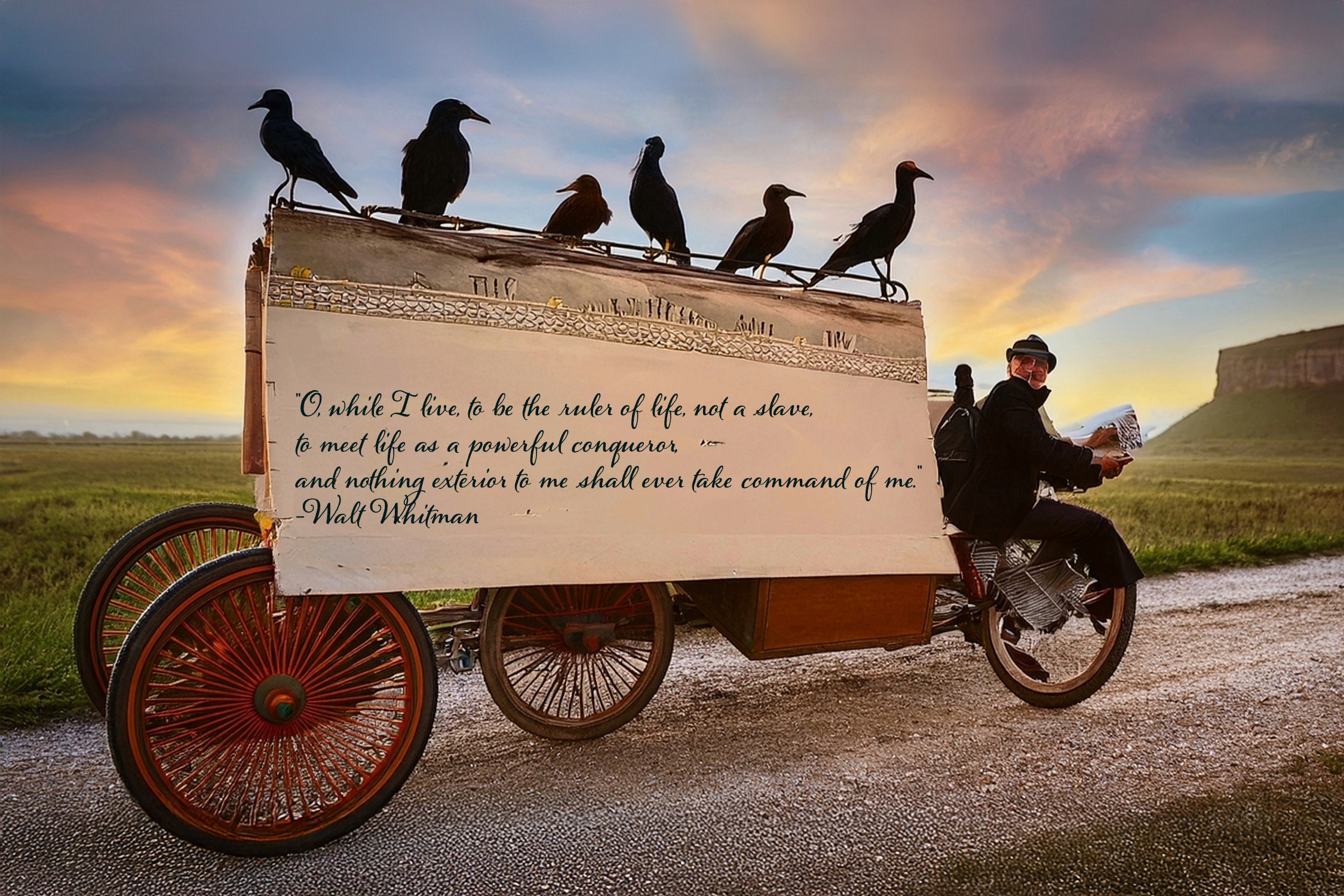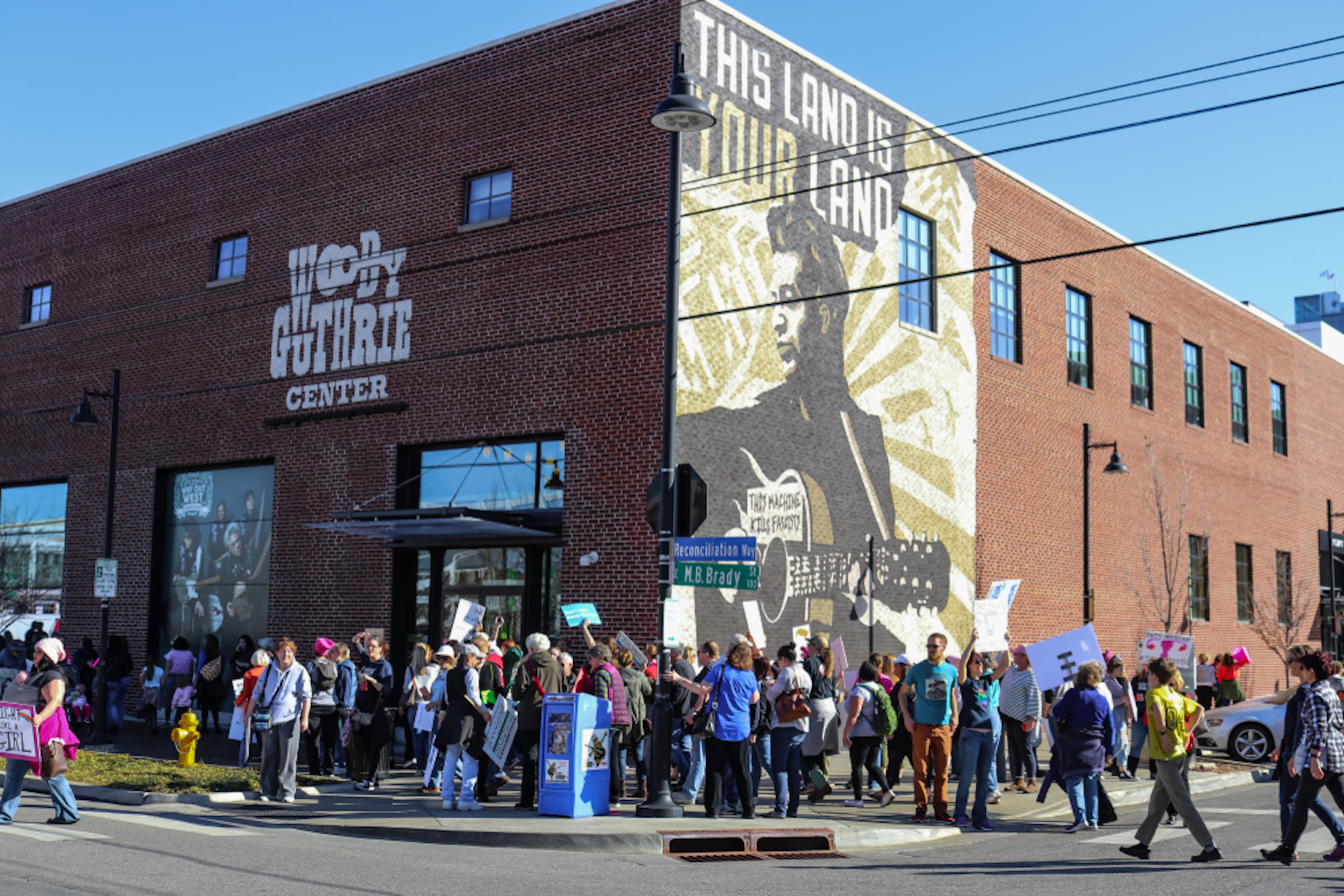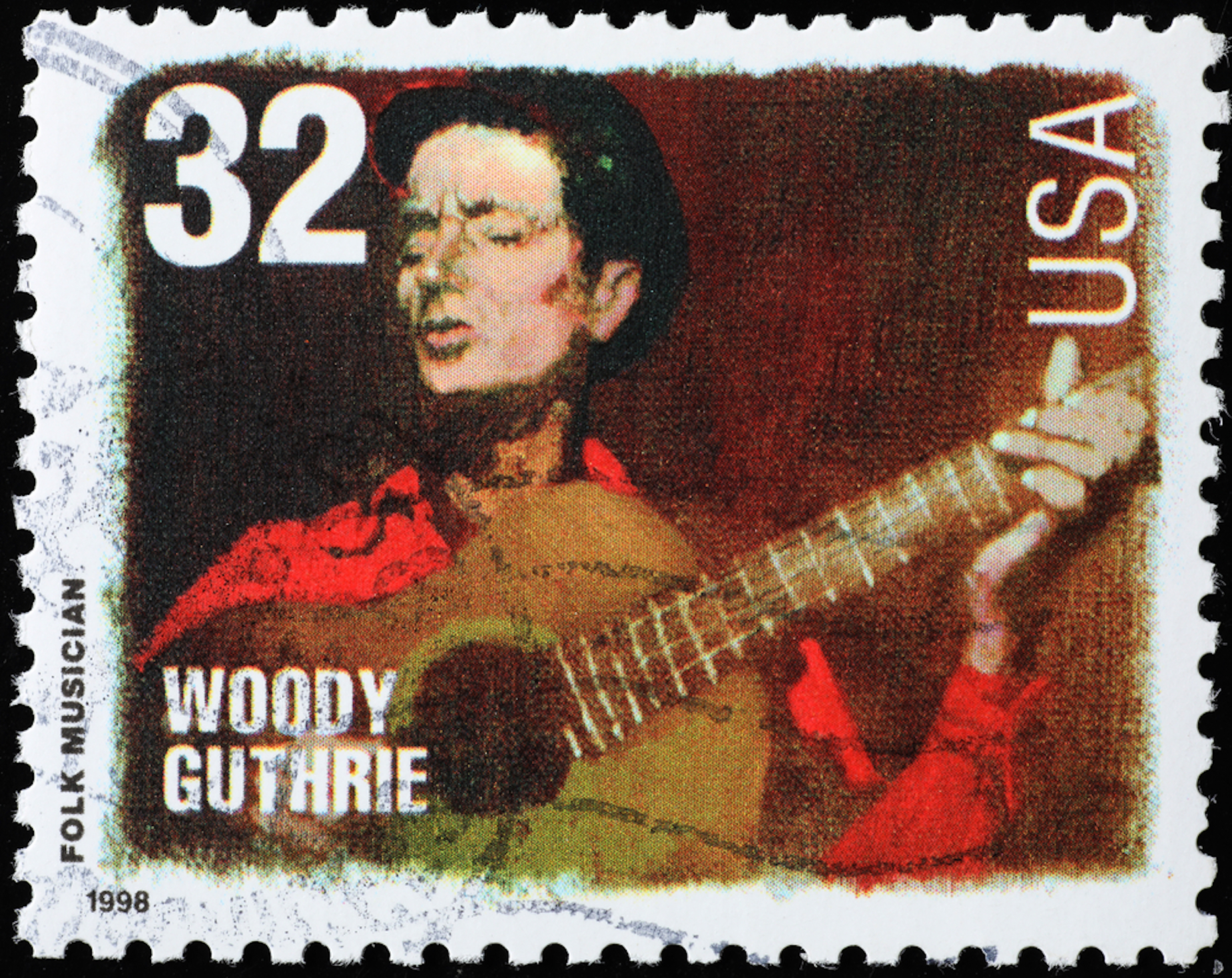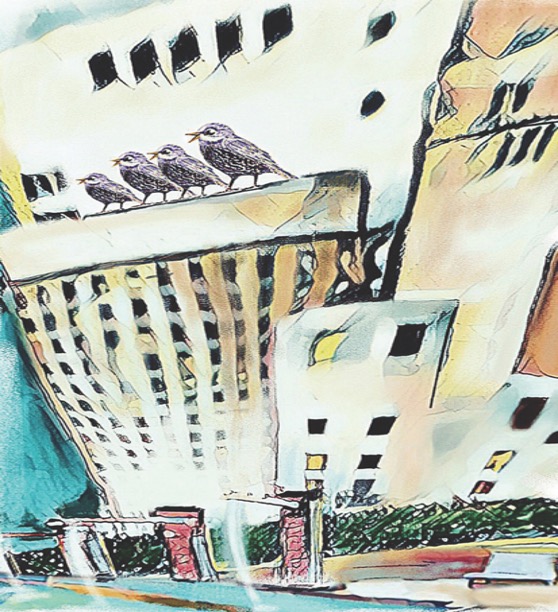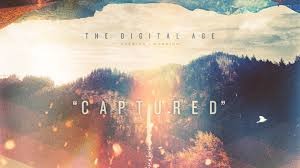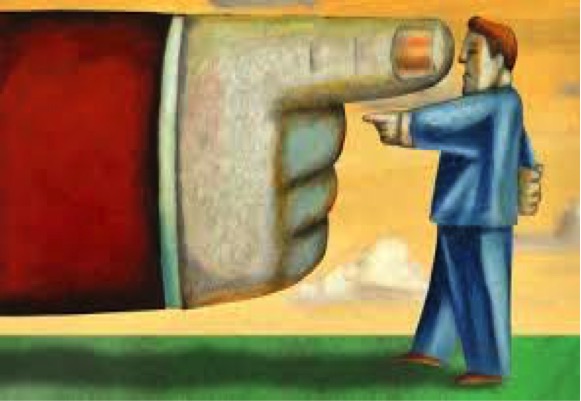Helen’s Place LLC September 11, 2021
Kelsey McKinney in her New York Times article, “How to Preserve Your Family Memories, Letters and Trinkets” said, “Good archival practices might not be the most exciting of hobbies, but it could be the key to keeping your family history intact for future generations.”
Follow three simple practices to Archive Like a Professional:
1. Use backup rules that follow the experts advice for digital preservation:
McKinney writes that according to archivists interviewed by the New York Times, all agreed that the storage of digital and paper archives is the most important thing to consider.
According to experts, electronic devices are unreliable because they get damaged, hard drives fail and files get corrupted.
This is why the key to digital archiving is duplication. Every important file should have three copies. Mckinney quotes one archivist as recommending a “3-2-1 method for backing up: three copies on two different media and at least one away from home.”
Another option would be to go with a of a 3-3-1: save one copy on your desktop, one on a thumb or external hard drive, and one in the cloud. Then rotate the saved files on the external sources every few years to retain file integrity.
Additionally, It’s wise to be familiar with the various digital file types you might encounter that require backing up.
McKinney also suggests you might consider a cloud backup system as well, such as Backblaze, recommended by Wirecutter (a New York Times company).
2. Follow Physical Storage Archiving Guidelines:
According to NYT interviewed archivists, “people often don’t think about their family papers and keepsakes until it’s too late,” and that “water and vermin” are the greatest threats to preserving paper.
This is why if your documents are stored in plastic boxes like from Wal-Mart, keep them away from water pipes and in a cool, dry place, like the top of a closet.
A typical humid garage or a laundry room with a water heater or exposed pipes is not idea. Other bad storage areas where heat and humidity fluctuate are basements and attics.
McKinney writes, “Archivists who spoke to The Times recommended cardboard boxes over plastic bins for storage, because they don’t breed mold as easily and dry out quicker.
If you want to get fancy, the best option is to buy acid-free, breathable archival boxes, online or from vendors like the Container Store. They can be a bit pricey, but hold up best against moisture and mold,” a breathable archival box.
Other considerations for storing photographs is to remember to use high-quality acid free and lingin free folders and plastic sleeves that don’t scratch.
Don’t Use lamination, sticky-tape, staples or metal paper clips that can rust.
Lamination can destroy the paper over time, and it’s nearly impossible to extract the paper later using solvents to dissolve the plastic. Also, the lamination itself can ruin a document beyond repair, and “places undue stress on objects that can cause them to tear, yellow or become brittle prematurely.”
3. Seek out Expert Advice When You Need Help:
There are plenty of people opposite of the average garage-stasher, and incredible neatniks. Many of them end up as librarians, curators or preservationists. Some you can hire and they will help you get organized or curate your stuff.
Most libraries have an online reference system called Ask a Librarian that allows individuals to talk to preservationists who can advise them on how to best take care of the strange item, or point them toward an expert who can provide assistance, or help them find a conservator who might repair a torn item. A great place to start is the Library of Congress website.
You never know what you might inherit – family archives can include all sorts of what McKinney calls, “strange ephemera”ranging from record collections to photos and slides from distant relatives that didn’t speak English.
Most major collecting services have resources on their website about preservation no matter what you’re trying to preserve. There are expert tips easily accessible for furniture, paintings, historical silver, even individual digital film types.
Audio and video materials:
Audio and video materials according to Mckinney are frequently neglected in archiving because they are more technical and expensive to deal with.
She writes, “Audio recordings — like reel-to-reel, cassette, mini-tapes from answering machines — can be easily translated to digital form as MP3 files, but not in a high enough quality to replace the original recording.”
She suggests using a vender to get the best recording possible, unless you are a hobbyist.
McKinney suggests checking with The Association for Recorded Sound Collections, for a list of vendors and resources on digitizing physical sound.
The Library of Congress is also a good source for information on care, handling and storage of audio-visual materials:
For video preservation, the practice of storing video in digital formats continues. Mckinney suggests checking with The Institute of Museum and Library Services for information about what goes into digital preservation.
Related audio/video interview recording:
Get tips from the library pros for preserving your digital stuff:
YouTube, Drexel Library, February 17, 2021 “Personal Digital Archiving: How to Keep Your Stuff (Safe)”
Other related article you may be interested in:
Article about self-discovery through archiving provides information about how to decide what to preserve.
Helen’s Place LLC, September 9, 2021, “How to Preserve Memories to Solve a Puzzle”
Helen’s Place LLC is an information and educational materials company celebrating English Language Arts, Cognitive Science and the love of birds. Your comments are greatly appreciated. Send them to Helen’s Place LLC via email to info@helensplacenet.com.

































